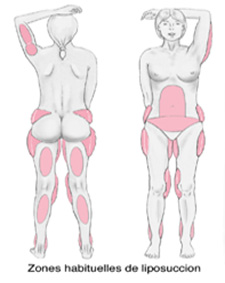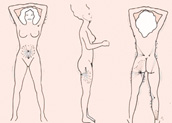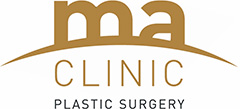- MACLINIC
- >
- Our treatments
- >
- Reconstructive and cosmetic surgery
- >
- Breast surgery
- >
- Lipofilling
Lipofilling
Dr. Abboud, lipofilling expert
Scientific activities on lipofilling
Lipofilling is a technique that allows the filling of a cavity or the creation of a volume utilizing the individual’s own body fat. The fat is extracted by liposuction and then purified and reimplanted by injection so as to correct volumes.
The indications are aesthetic in nature as regards the breasts, arms, and buttocks; they are surgical, restorative, or reconstructive for the filling of a depression following an injury or the injection of a medication (corticosteroids), or the filling of an irregularity subsequent to a liposuction carried out to improve a breast reconstruction operation following breast cancer.
Each surgeon adopts his own technique and adapts it to each case so as to obtain the best results.
The basic principles to be kept in mind are the following:
- Location of the precise areas to extract fat from as well as the receiving areas
 Extraction of fatty tissue by one or more incisions at one or more locations as necessary in terms of the required quantity of fat, utilizing the technique of liposuction.
Extraction of fatty tissue by one or more incisions at one or more locations as necessary in terms of the required quantity of fat, utilizing the technique of liposuction.
- The fat is collected and filtered by a special device.
- The reinjection of the fatty tissue is done through fine cannulas by way of 1 mm incisions. The particles of fat are injected into different levels and in multiple directions so as to augment the contact surface between the implanted cells and the receiving tissue in order to allow the grafted adipose cells to survive.
The injected volumes vary between 10 cc and 1 liter. Part of the injected fat is naturally absorbed by the body during the six months that follow the operation. This varies between 40 and 60% of the injected volume.
The injected fat does not affect the subsequent radiological follow-up (recommended MRI) and has no carcinogenic or auto-immune effect.
The day of your operation, the surgeon will mark the areas that are to be treated on your body with a marker.
Lipofilling is performed under general anesthesia. Depending on what areas are to be treated, one to two hours on average are needed to perform this operation. The operation is painful but well tolerated due to the painkillers prescribed. A mild restraint is necessary after the operation.
The final result is reached between the sixth and ninth months.
Hypercorrection is often noted during the first weeks, due to an excessive quantity of injected fat, which is manifested as excess volume. It is considered that 60% of grafted cells remain alive. The evolution of fatty cells is in direct relation to the variation in the patient’s weight.
In the case of insufficient correction, a new session (after 3 months) may be considered, if the donor areas are sufficient. This second intervention entails the same after-effects, constraints, and complications as the first intervention.
In the majority of cases, the interventions proceed without any major problems, and the patients are usually satisfied with the result.




 Partager ce contenu
Partager ce contenu  LinkedIn
LinkedIn Pinterest
Pinterest Google +
Google +